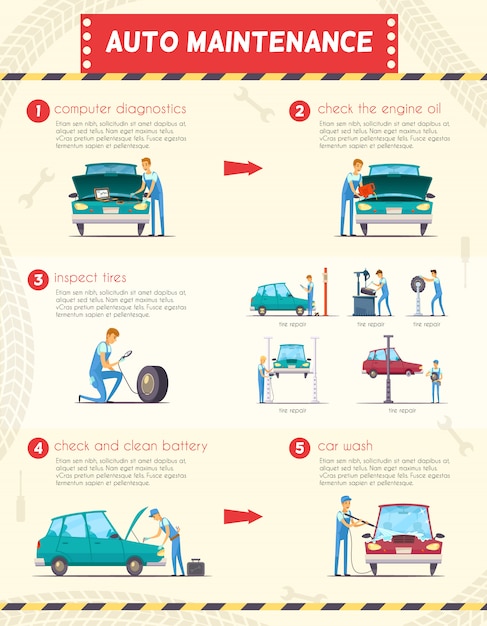A Fundamental Guide To Comprehending The Caution Lighting On Your Lorry
A Fundamental Guide To Comprehending The Caution Lighting On Your Lorry
Blog Article
Write-Up By-Udsen Eriksson
When you're behind the wheel, those little warning lights on your automobile's dashboard can be quite difficult. What do they suggest, and should you be concerned? Understanding these signals is vital for your automobile's well-being, yet it does not have to be a challenging task. By decoding the secret behind each light, you'll be equipped to take care of potential issues successfully and maintain your vehicle running smoothly. So, following time a warning light flashes, do not panic - arm on your own with expertise and take control of the situation.
Value of Auto Warning Lights
Comprehending the significance of your auto's caution lights is important for keeping your vehicle's health and wellness. These lights function as your car's communication system, notifying you to potential issues that could threaten your safety and security when driving or cause costly fixings if ignored. By focusing on these cautions, you can address issues early and avoid further damages to your automobile.
Overlooking advising lights can result in major repercussions, such as engine failure, brake malfunctions, or even crashes. These lights are developed to inform you of concerns ranging from low tire stress to engine breakdowns, offering you the opportunity to act before the circumstance intensifies. Frequently checking and understanding these warnings can save you time, money, and guarantee your security while driving.
In addition to keeping you secure, reacting immediately to advising lights can additionally help lengthen the life-span of your car. By resolving issues at an early stage, you can avoid small troubles from rising into major fixings, inevitably conserving you time and money in the long run. european auto repair in mind, your vehicle's caution lights are there for a reason - don't disregard them!
Common Caution Lighting and Meanings
When it involves driving your automobile, understanding typical caution lights and their significances is necessary for your safety and vehicle maintenance. https://www.monitorsaintpaul.com/stories/advice-and-service-tips-from-bobby-steves-auto-world,5468 are a couple of typical warning lights you might experience:
1. ** Inspect Engine Light **: This light shows a concern with your engine. Maybe something minor like a loosened gas cap or something a lot more serious like engine misfiring.
2. ** Battery Light **: This light signals a trouble with your auto's charging system. It could indicate a defective battery, alternator, or other associated components.
3. ** Oil Pressure Light **: When this light comes on, it suggests your engine may be running low on oil or experiencing reduced oil pressure, which can lead to engine damage otherwise dealt with immediately.
4. ** Brake System Light **: This light indicates an issue with your braking system. It might imply low brake fluid degrees or a problem with the brake system that needs prompt focus.
Comprehending these typical caution lights will aid you recognize potential problems early on and avoid more substantial troubles later on.
How to Reply To Caution Lighting
In case a caution light brightens on your cars and truck's control panel, it's vital to respond quickly and appropriately. When please click the next document begins, the very first step is to consult your owner's manual to comprehend the specific issue suggested by the light.
Some lights require prompt attention, while others might indicate a much less urgent issue. If the warning light is red or blinking, it's generally an indication of a significant trouble that needs prompt action. In such cases, it's recommended to pull over safely, turn off the engine, and seek expert help.
For yellow or orange caution lights, while they might not call for instant focus, it's still important to address the hidden problem quickly to avoid further damages. Regular upkeep and assessment can assist stop warning lights from coming on all of a sudden.
Conclusion
Finally, recognizing your cars and truck's warning lights is crucial for preserving your automobile's health and safety. By frequently inspecting and reacting to these cautions, you can deal with possible problems early and prevent costly repair services or safety dangers. Remember to consult your owner's manual for details on various warning lights and always take instant action for red or flashing lights. Stay positive and maintain your vehicle running efficiently!
